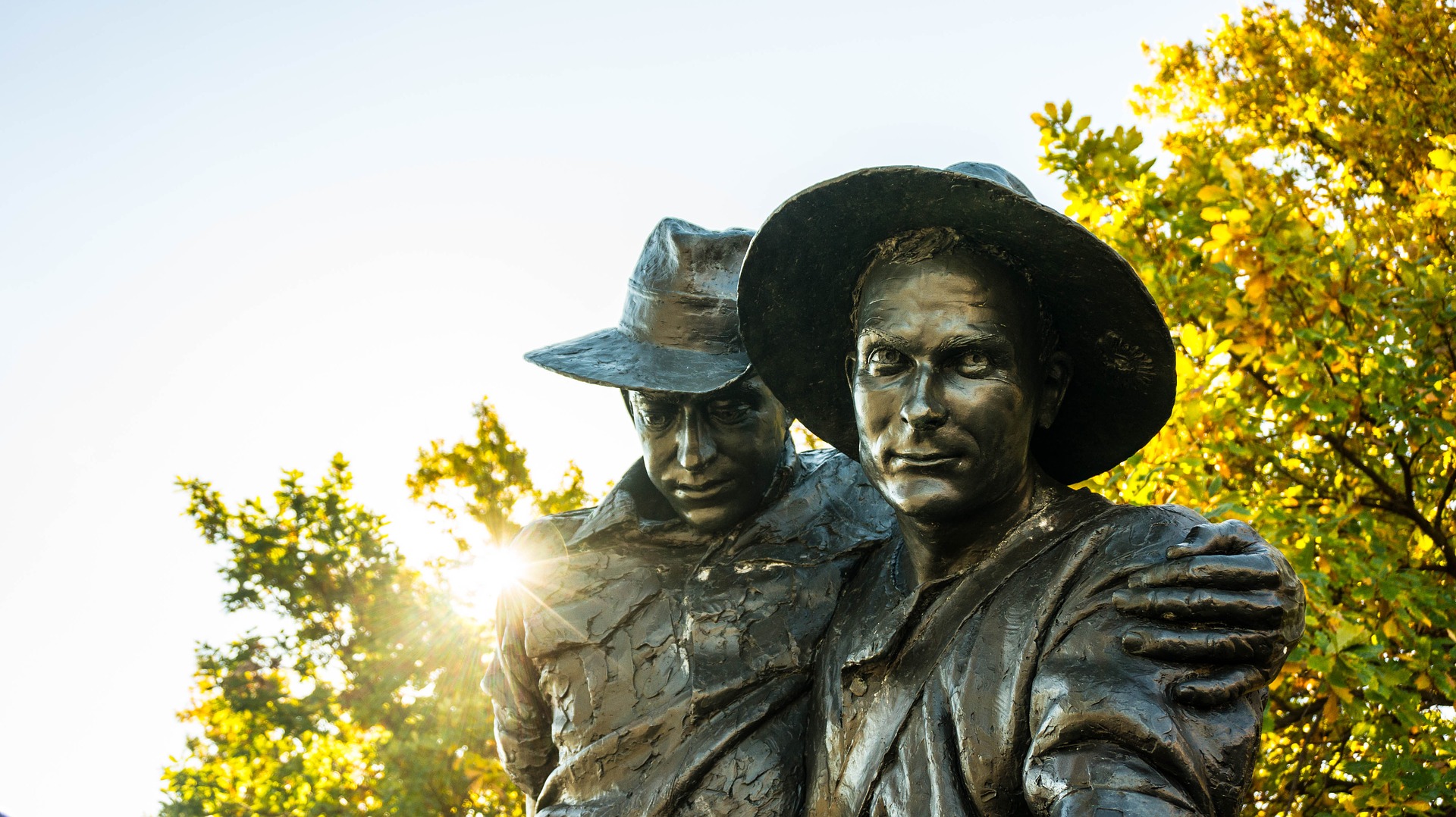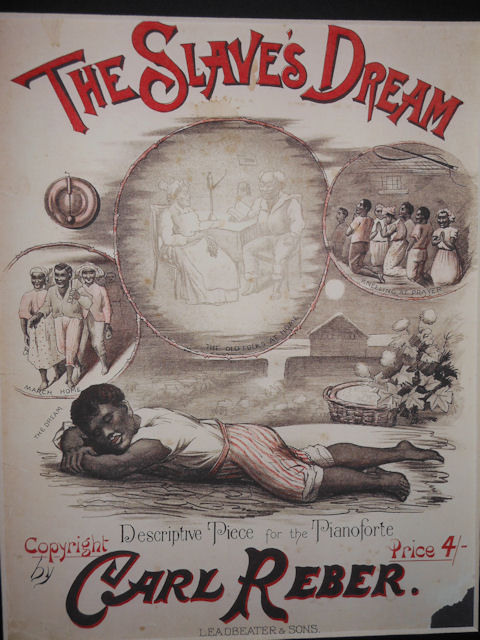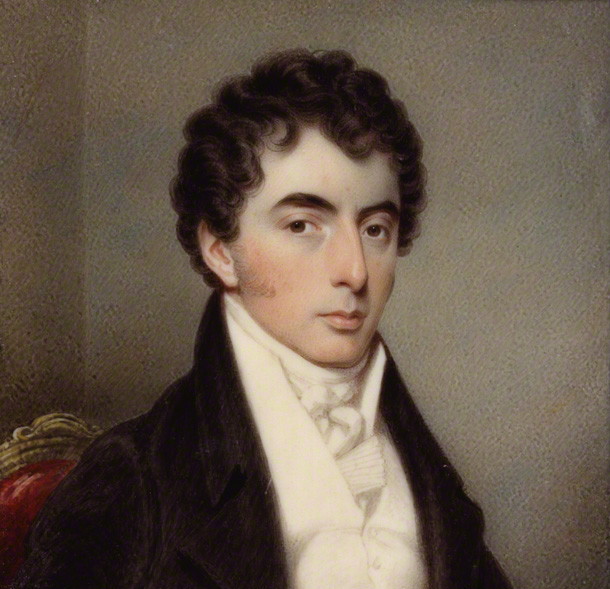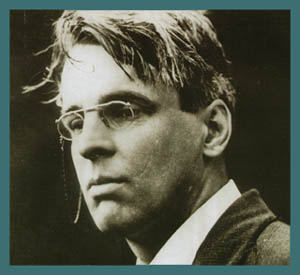Context: This poem is written by Henry Longfellow, an American poet, who was a famous figure in America during the 19th century. By the time of 1850s he gained fame, and his poems became famous worldwide. He is known for his romantic imagery poems, and the dual meaning behind them. He can see through very mundane of the activities and connect them with the truth of life. His all poems have some connection of the ordinary things with a larger picture.
In this poem, the poet is trying to convey that we are the masters of our own fate, through the description of a village blacksmith. He gives a distinction of the village blacksmith and how he dwells for his living, and also creates objects made of metal. He is honest and hardworking, and never cheats anyone. He also has a social life, where he goes to church every Sunday, and watches his daughter singing in the choir. He finds an image of his late wife in his daughter, which has made him proud and emotional about her. He listens to the prayers and feels peaceful about his life. He dwells in the morning, and he works till the sunset to earn his living, and he is satisfied with his life.
The poet thanks the blacksmith for somewhere teaching him that like he molds and melts metal to make something new out of it; we all are the makers of our fate. It’s in our hands how our future is going to be, it’s in the actions that we do in the present. Like the blacksmith, we slowly work towards how our life and character becomes in coming time.
Rhyme Scheme and Structure: The rhyming scheme of this poem is simple, and has been followed thoroughly in the poem, which is a b a b a b. For example,
Thanks, thanks to thee, my worthy friend,
For the lesson thou hast taught!
Thus at the flaming forge of life
Our fortunes must be wrought;
Thus on its sounding anvil shaped
Each burning deed and thought.
The words chosen in the poem are simple, and make the readers to understand the poem easily. The poem is written in simple style, and has punctuations to help the reader pause, to understand the flow of the poem better, and understand the deep meaning behind it. The punctuations help the reader to understand the highs and lows of the expressions in the poem. For example:
Under a spreading chestnut-tree
The village smithy stands;
The smith, a mighty man is he,
With large and sinewy hands;
And the muscles of his brawny arms
Are strong as iron bands.
Theme: Longfellow has created a beautiful comparison between the works of the blacksmith with how we mold our future in our hands. The poet has given a close observation of the life of a normal village blacksmith, and compared to the idea of one being the master of his own fate. He explains the life of the blacksmith, who breaks and burns the metal and molds it. Similarly, in our life, failures are breaking points, where there is something new and better is in process of formation. Hence, wed need to work hard to make our life, and keep moving forward without losing hope in life.
Imagery: The poet provides beautiful image of the personality and appearance of the blacksmith. For example, in the lines:
His hair is crisp, and black, and long,
His face is like the tan;
His brow is wet with honest sweat,
He earns whate’er he can,
And looks the whole world in the face,
For he owes not any man.
These lines draw an image of how the blacksmith looks like, and how his work and harsh environment has shaped him into how he appears. The poet has tried to give us an image of the blacksmith’s character too, by telling about his lifestyle, where he is honest and religious. He is a person who loves his family, God, honesty, and is content with what he gets in life. All these elements in the poem helped to create an image of a noble man who is far from temptations, and an ideal individual we all should try to be.
Symbolism: The poet speaks about how he is inspired by the blacksmith that we can make and break out own fate, and how we can shape it. The blacksmith becomes a metaphor for the readers, that like the blacksmith shape things out of raw and crude metal, we are, similary, makers of our own fate and future, where we can mend and mold our life accordingly. The poet gives hints about the honesty of the blacksmith, which means that only if we are honest with what we sow, what we reap is going to be favourable to us. The poet also brings in elements of religion and faith in the poem too.
Deep Meaning: The poet wants to tell us that like the blacksmith, our life and future is always in process of formation, and hence we should try and do such things which would make our future beautiful and favourable for us. Our future is in our hands, like the metal in the hands of the blacksmith, and we shall work hard to get beautiful results out of it.
Some online learning platforms provide certifications, while others are designed to simply grow your skills in your personal and professional life. Including Masterclass and Coursera, here are our recommendations for the best online learning platforms you can sign up for today.
The 7 Best Online Learning Platforms of 2022
- Best Overall: Coursera
- Best for Niche Topics: Udemy
- Best for Creative Fields: Skillshare
- Best for Celebrity Lessons: MasterClass
- Best for STEM: EdX
- Best for Career Building: Udacity
- Best for Data Learning: Pluralsight
















very nicely explained.